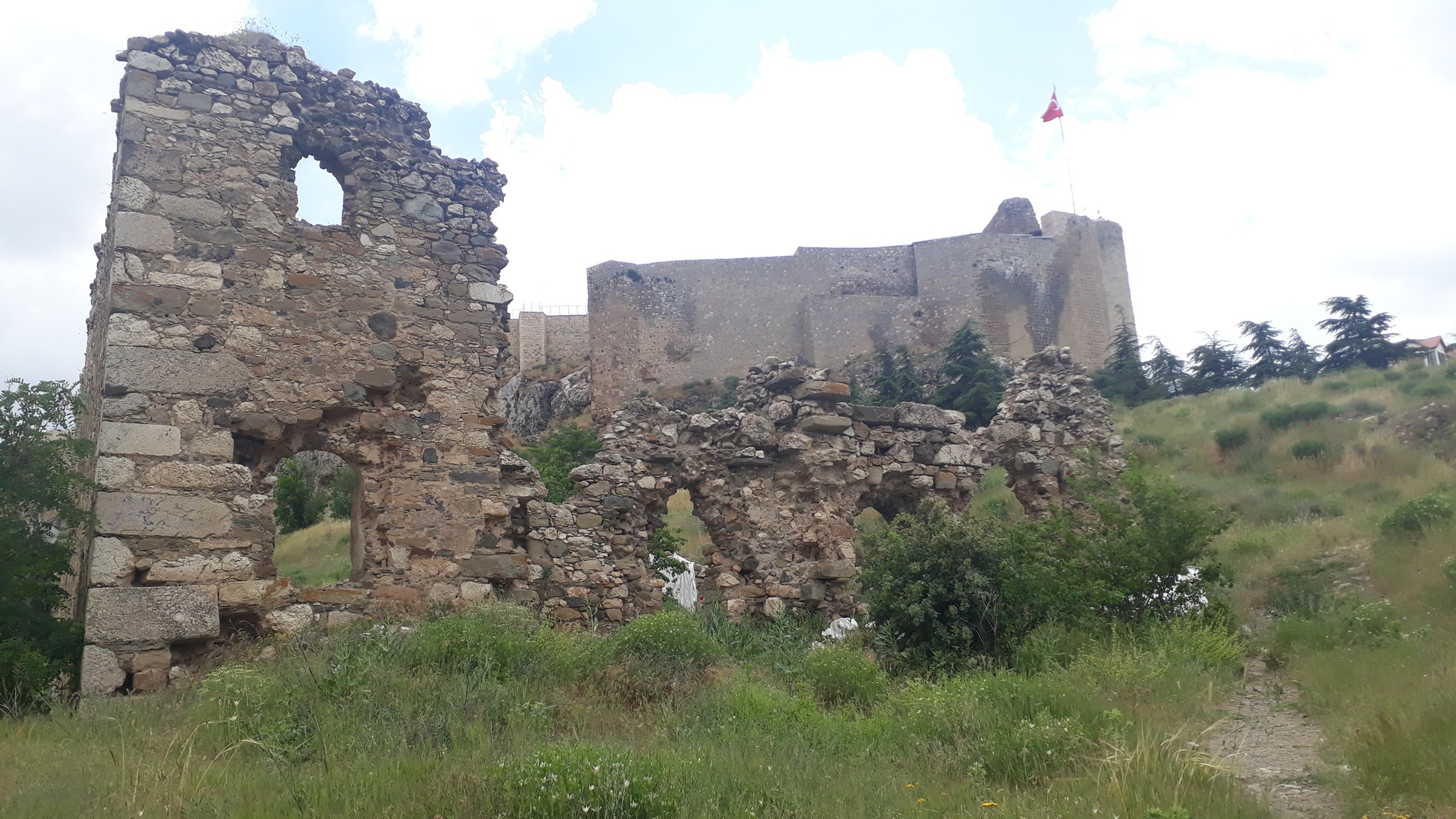Remember the Armenians of Kharpert

Gomidas Institute has launched a new initiative, Project Kharpert 2022, on the 100th anniversary of the final departure of hundreds of Armenian orphans from Kharpert (October 1922). These orphans were the remnants of the Armenian Genocide, who had been collected in the Kharpert region by American missionaries and Armenian church authorities between 1918-22. Most of these orphans were moved to Syria and Lebanon, while others were sent further afield. Thousands of their descendants live across the world today, with major concentrations in the United States, France and Argentina.
Project Kharpert 2022 is an initiative to work with Turkish authorities and civil society, and to publicly recognise the Armenian historical presence in the Kharpert region. While official Turkey may be reluctant to take such steps, there is support for such initiatives among ordinary people in Turkey and abroad.
The immediate focus of Project Kharpert 2022 is to mark the location of Armenian churches in the city. This would be part of a broader project that is already underway in the city today, with the renovation and rebuilding of Kharpert as a touristic centre.
Gomidas Institute has already issued a statement regarding Project Kharpert 2022 (see below) and approached the governor of Elazig province and the mayor of Elazig.
Armenian Christians constituted around 40% of the population of Kharpert and its surrounding villages. They wielded significant social and economic influence and contributed to the prosperity of the region. needless to say, they were also subjected to deportation and annihilation of Armenians in 1915.
If you would like to support this and other related initiatives, please contact us at info@gomidas.org
PROJECT KHARPERT 2022
Kharpert (Harput) has been a centre of Armenian life and civilisation for centuries. On the eve of WWI, over a third of the city was composed of ethnic Armenians, with their distinct identity and culture. They inhabited several neighbourhoods in the eastern and western parts of the city. They were an industrious community and contributed to the prosperity of the region.
Much of the Armenian neighbourhoods of Kharpert were destroyed during WWI (they were ransacked or torn down for firewood), and other parts of the city were later destroyed by earthquake, so that Kharpert was abandoned by the 1930s. However, in recent years, the city was gradually rebuilt and landscaped as a touristic centre. Unfortunately, this revival has been selective and only reflects Kharpert’s Muslim-Turkic heritage. While mosques, medreses, türbes (Islamic tombs) and other buildings have been rebuilt, Armenian sites of comparable importance, have been left in ruins. The Armenian neighbourhoods of the city have been levelled and ploughed under.
Alongside the revival of Kharpert as a touristic centre, the textual representation of the city has also been selective. The signposting of the city, touristic literature, and other written texts do not acknowledge the city’s Armenian past, or simply pay lip service to it.
In 2018, Turkish authorities applied to list Harput [Kharpert] as a UNESCO World Heritage Site with no references to Armenians (the word Armenian does not appear once in the application).
The current revival of Kharpert needs to be more sensitive to the city’s multi-cultural past and include the following steps:
* Signpost and protect the two remaining Armenian churches in the east and west of the city – i.e Sourp Garabed and Sourp Hagop.
* Identify the location of Kharpert’s main Armenian church, Sourp Sdepanos, which has been levelled to the ground and turned into a park.
* Acknowledge Armenians in official literature describing the city’s history, e.g. in the local municipality’s publications.
* Resubmit the Turkish application to recognise Harput (Kharpert) as a UNESCO World Heritage Site with references to Armenians.
The Gomidas Institute is an independent, academic organisation, dedicated to modern Armenian studies. Its activities include research, publications, and outreach programmes. In recent years, the Institute has engaged in truth and reconciliation initiatives in Turkey.
